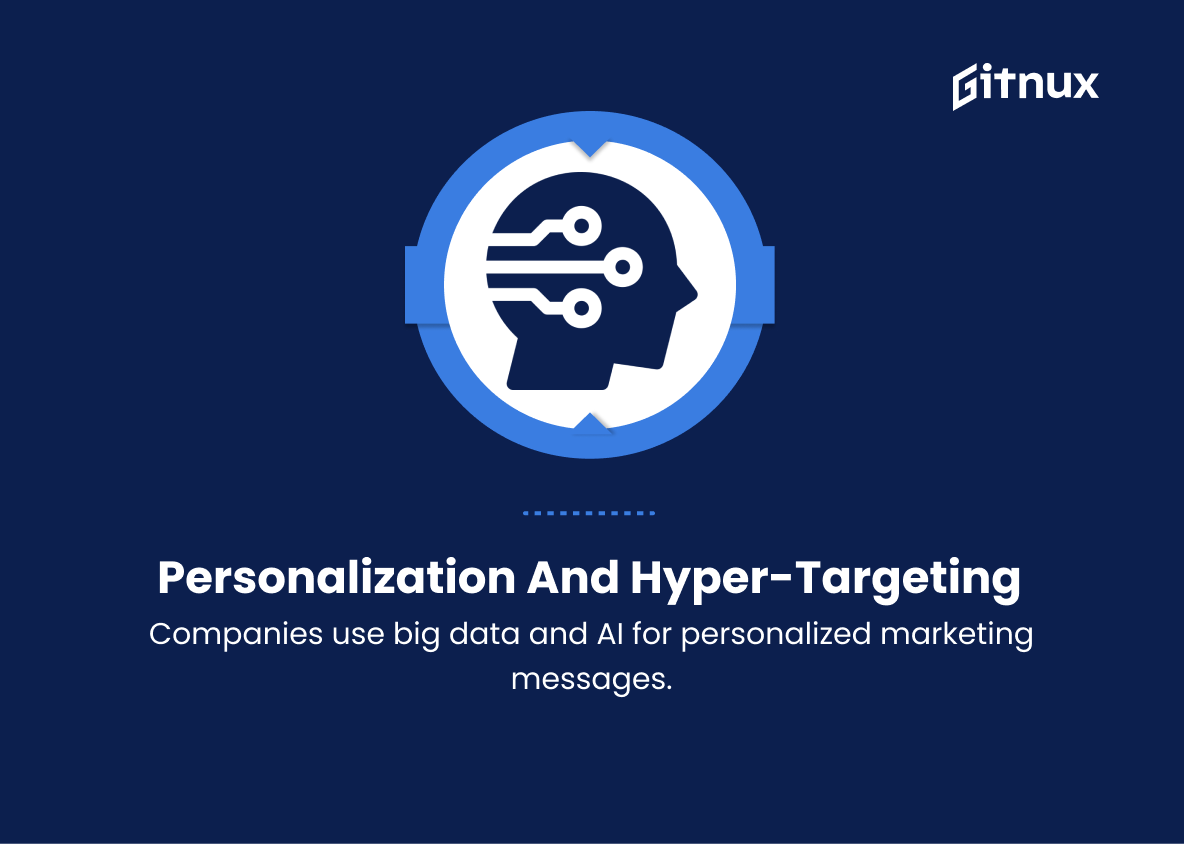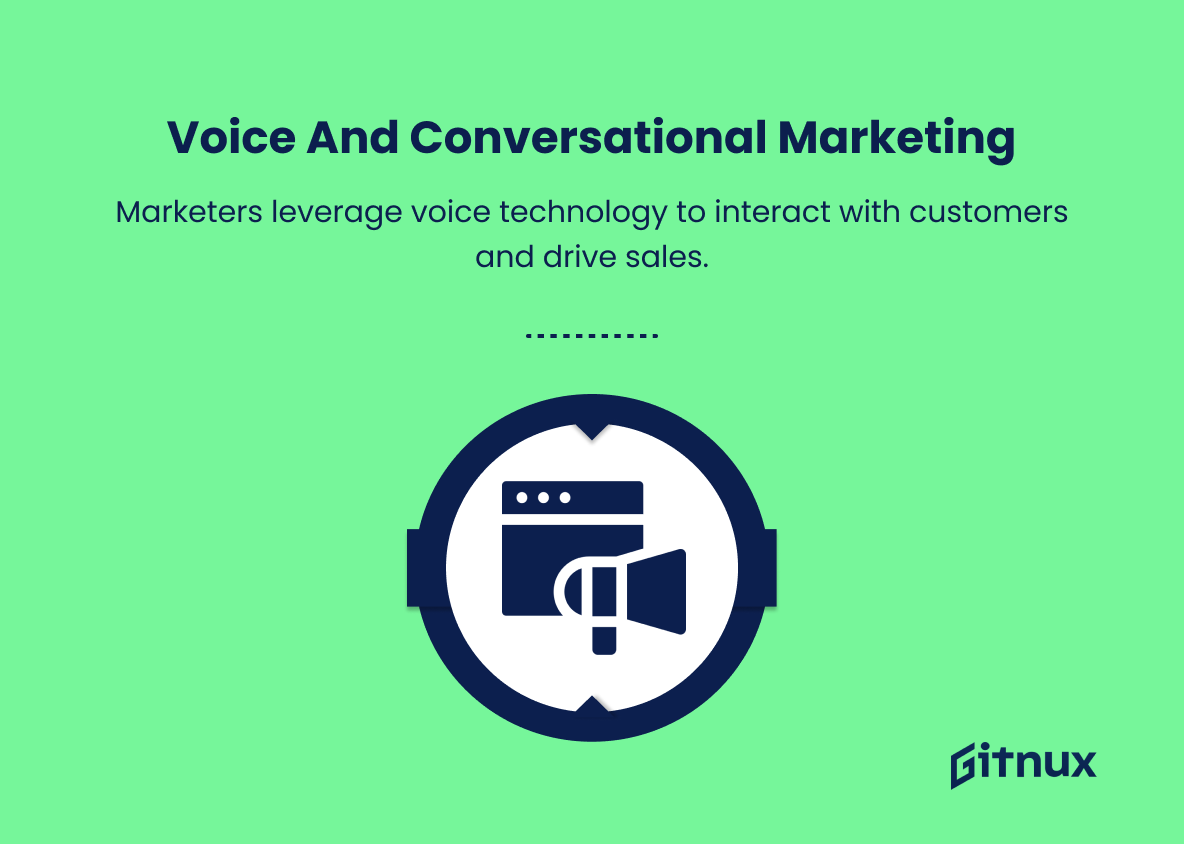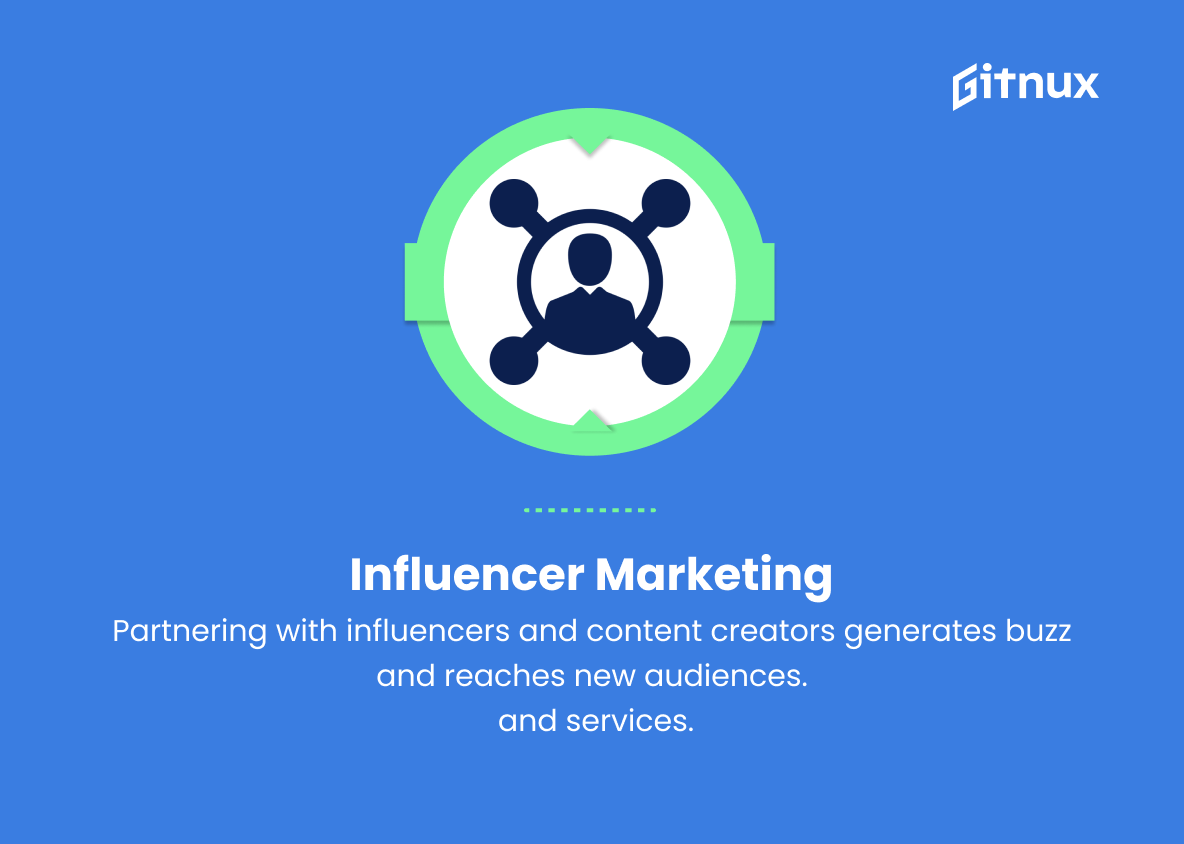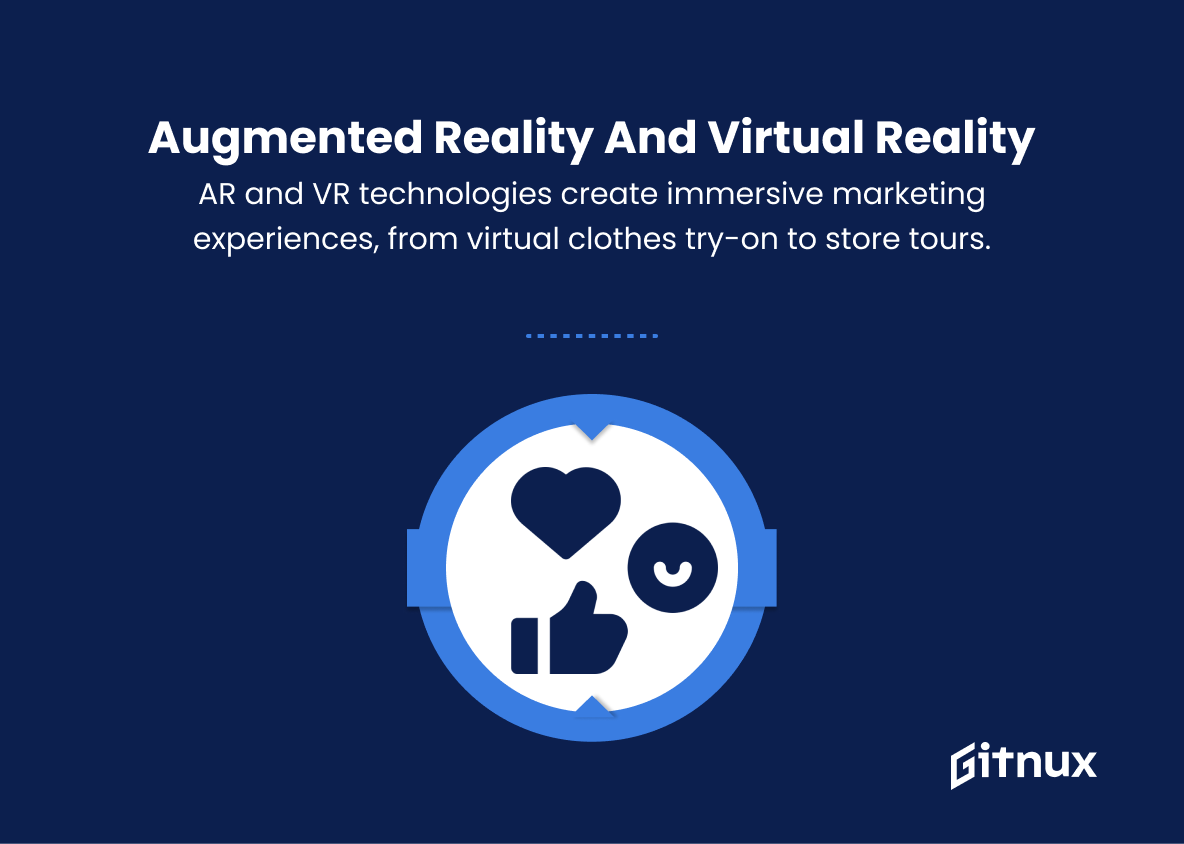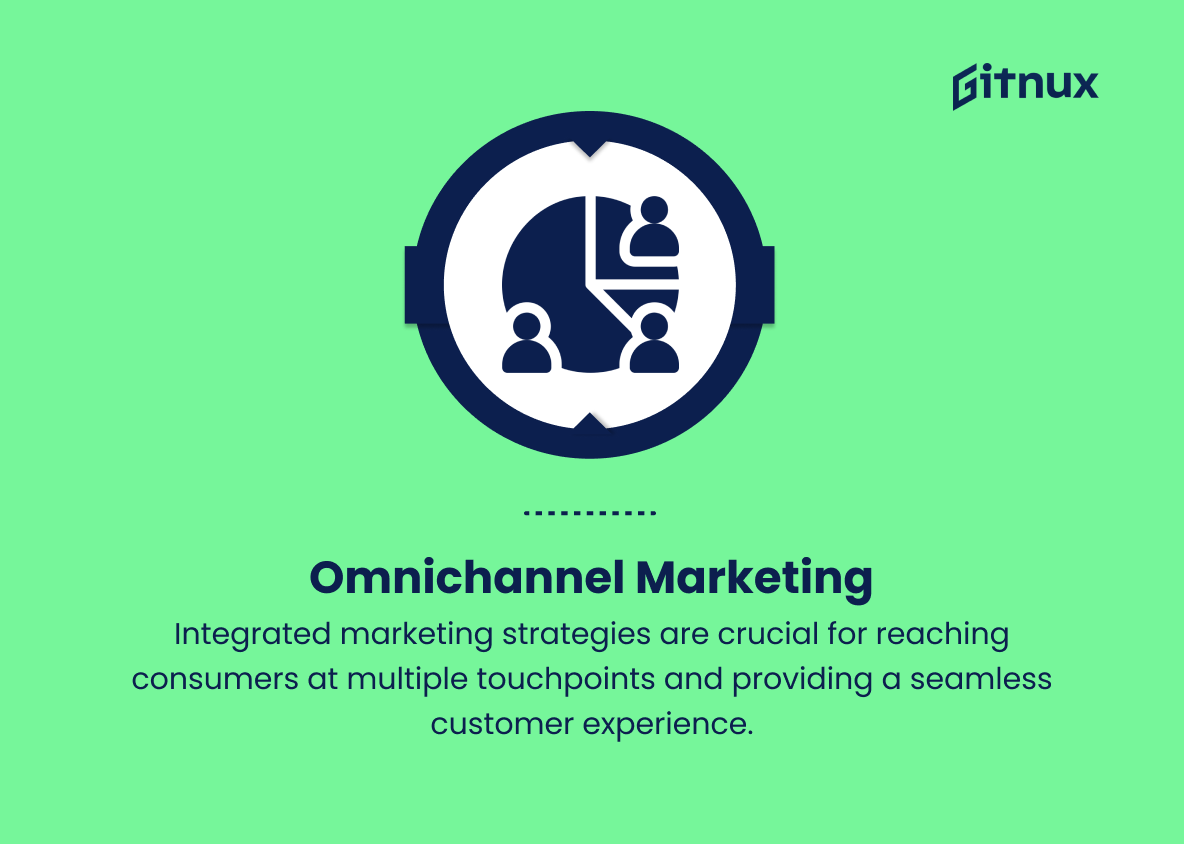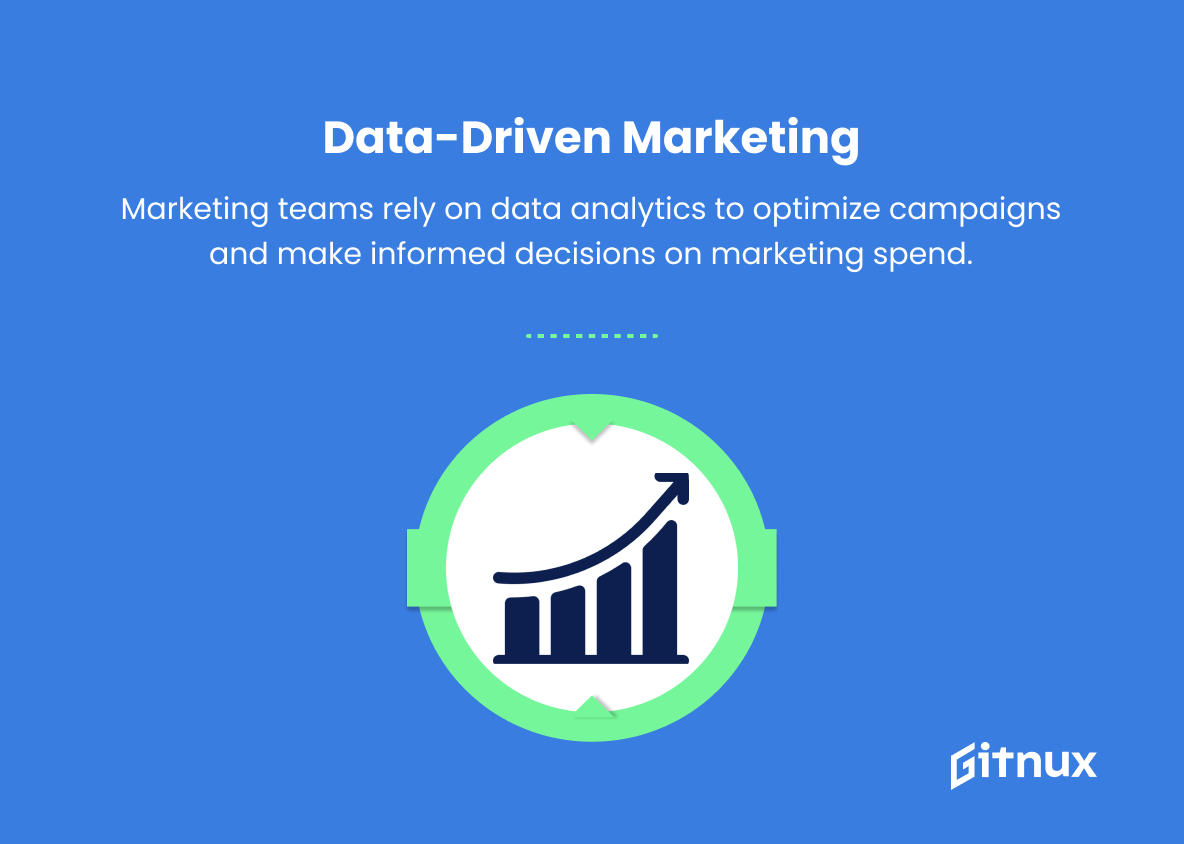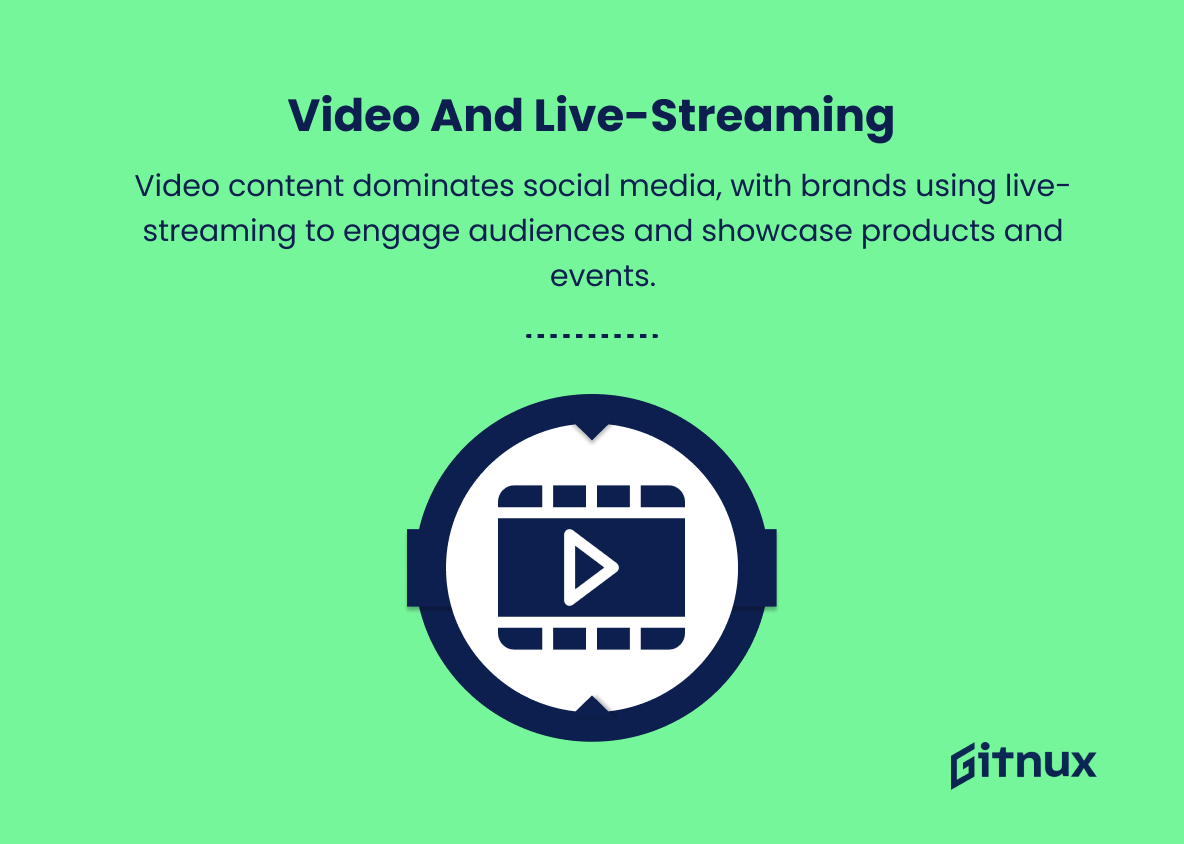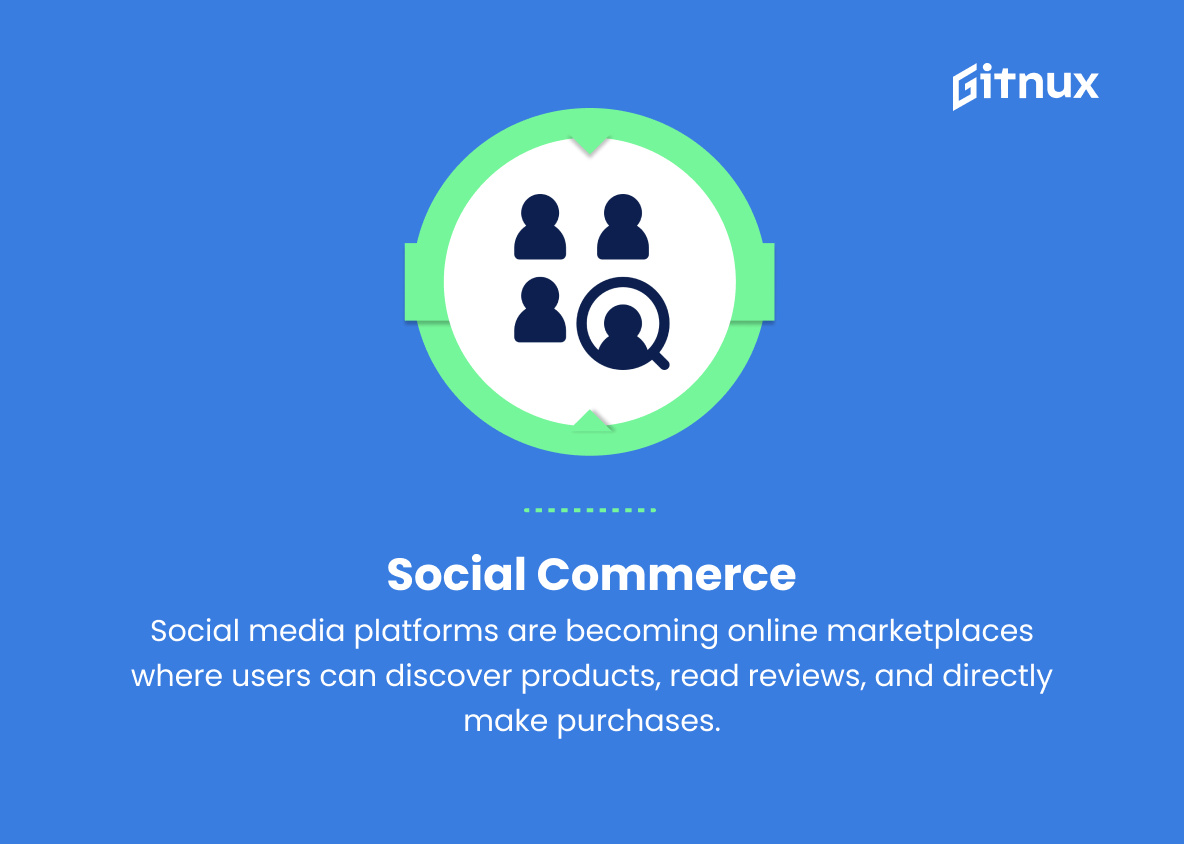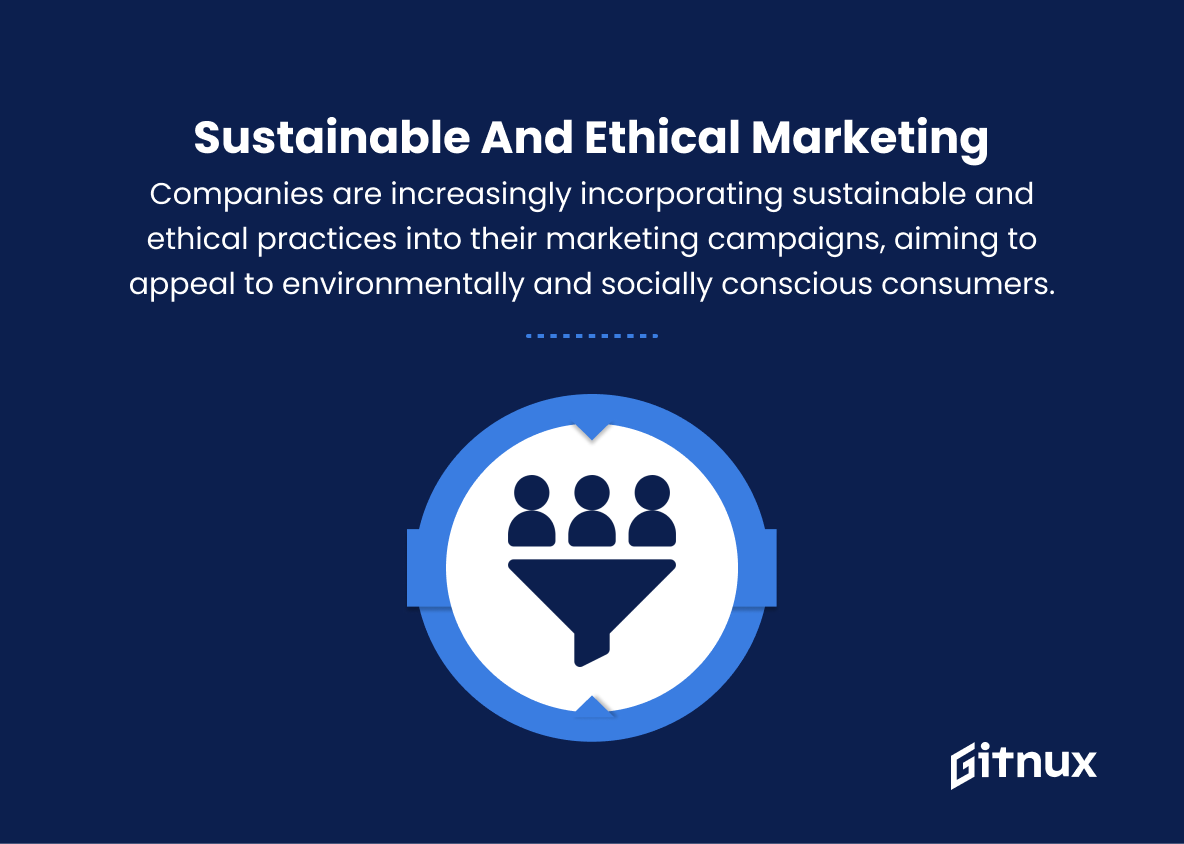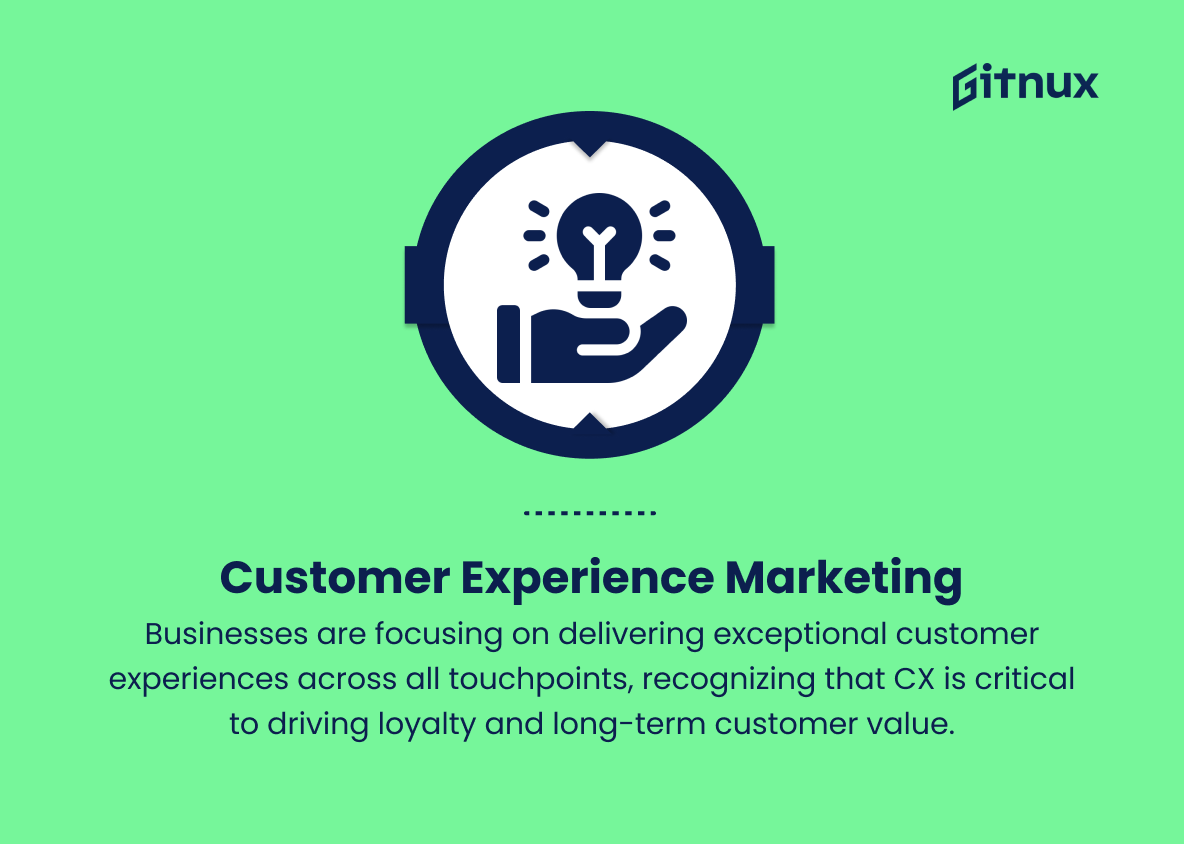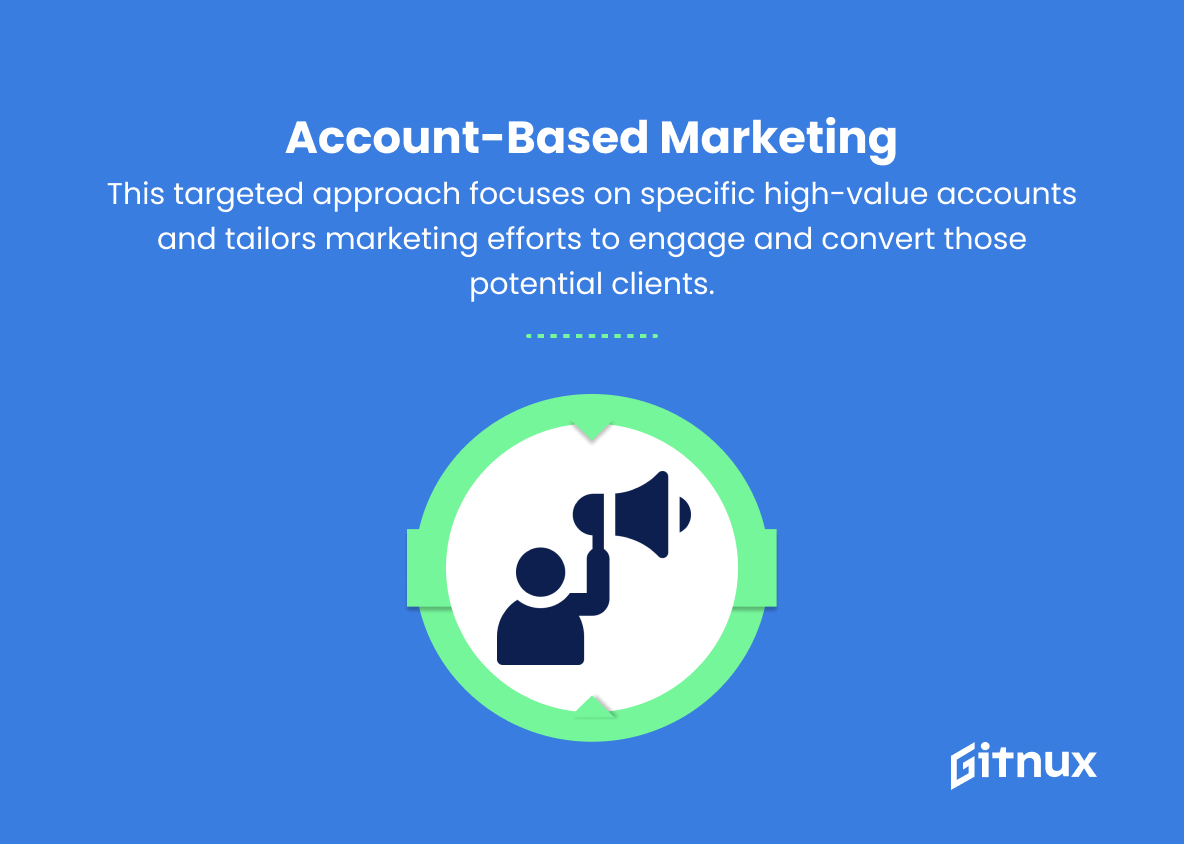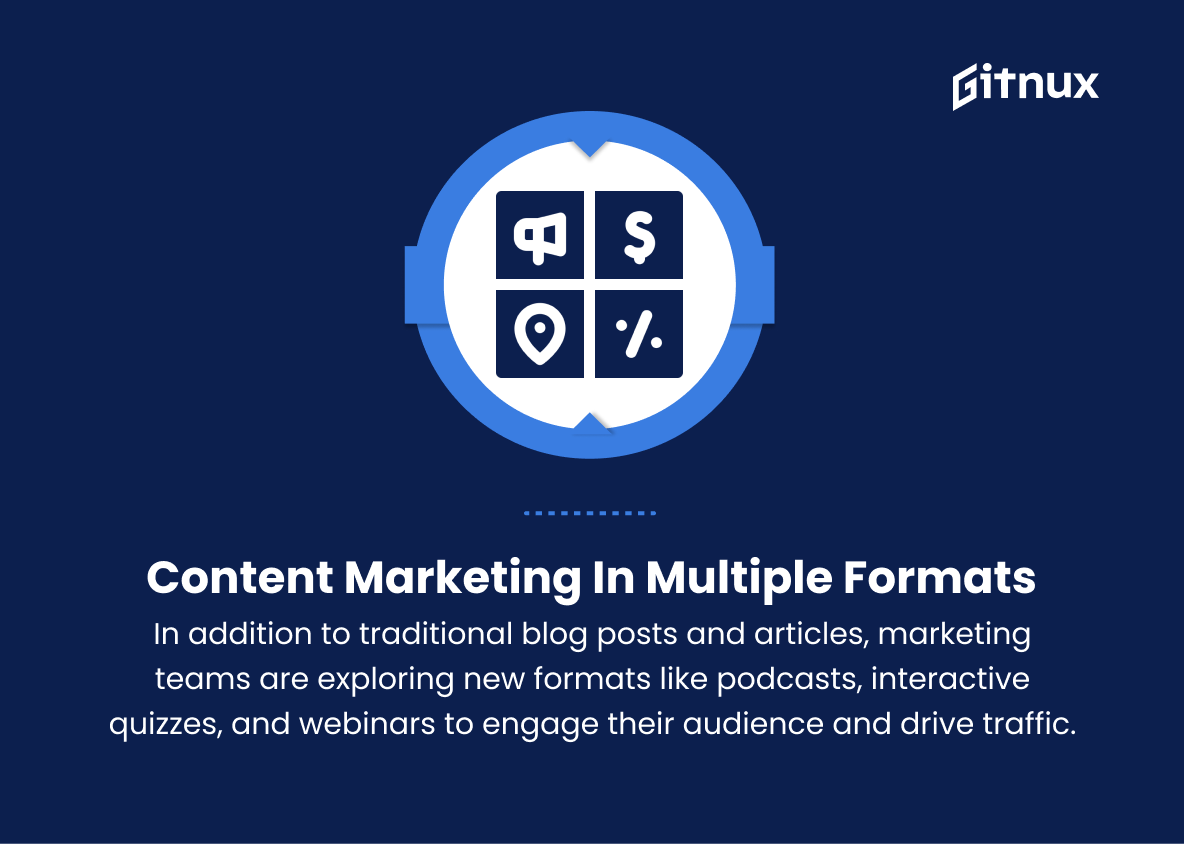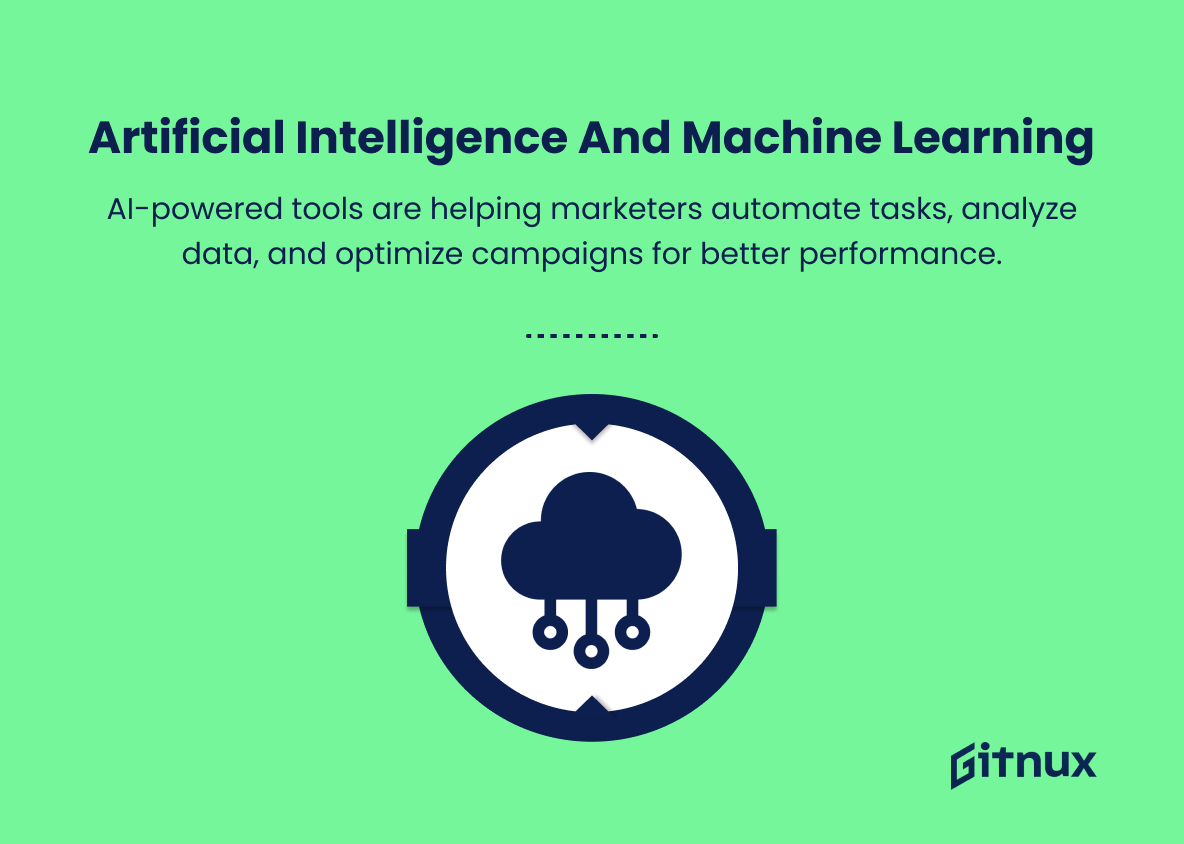In the ever-evolving world of consumer packaged goods (CPG), companies constantly strive to stay relevant, engage customers, and grow their market share amidst a fiercely competitive landscape.
As digital transformation continues to revolutionize the industry, marketing strategies and approaches must adapt to remain effective.
In this blog post, we will explore the latest CPG marketing trends that are shaping the landscape and discuss how both established brands and emerging players can capitalize on these insights to drive their businesses forward.
From influencer partnerships to data-driven personalization, we’ll delve into the innovative tactics that are transforming the way companies reach, connect with, and retain their customer base. Stay tuned as we uncover the key trends powering the future of CPG marketing.
Top CPG Marketing Trends
1. Personalization and hyper-targeting
Companies are using big data and artificial intelligence (AI) to deliver more personalized and relevant marketing messages to consumers. This includes targeted offers, content, and product recommendations based on user preferences and online behavior.
2. Voice and conversational marketing
With the growing popularity of smart speakers and voice assistants, marketers are starting to leverage voice technology to interact with customers, answer their queries, and drive sales.
3. Influencer marketing
Partnering with influencers, bloggers, and content creators continues to be a popular way to reach new audiences, build brand awareness, and generate buzz for products and services.
4. Augmented reality (AR) and virtual reality (VR)
AR and VR technologies are gaining traction in marketing, allowing brands to create immerse and interactive experiences for consumers, from trying on clothes virtually to virtual store tours and product demonstrations.
5. Omnichannel marketing
Integrated marketing strategies that blend online and offline channels are becoming crucial to reach consumers at multiple touchpoints and providing a seamless customer experience.
6. Data-driven marketing
Marketing teams are increasingly relying on data analytics to optimize campaigns, measure performance, and make informed decisions on marketing spend.
7. Mobile-first marketing
With the majority of consumers now using mobile devices for online activities, marketers are prioritizing mobile-optimized content, responsive web design, and mobile advertising strategies.
8. Video and live-streaming
Video content is dominating social media platforms, and live-streaming has become a popular way for brands to engage with their audiences and showcase their products, events, or behind-the-scenes content.
9. Social commerce
Social media platforms are becoming online marketplaces where users can discover products, read reviews, and directly make purchases.
10. Sustainable and ethical marketing
Companies are increasingly incorporating sustainable and ethical practices into their marketing campaigns, aiming to appeal to environmentally and socially conscious consumers.
11. Customer experience (CX) marketing
Businesses are focusing on delivering exceptional customer experiences across all touchpoints, recognizing that CX is critical to driving loyalty and long-term customer value.
12. Account-based marketing (ABM)
This targeted approach focuses on specific high-value accounts and tailors marketing efforts to engage and convert those potential clients.
13. Content marketing in multiple formats
In addition to traditional blog posts and articles, marketing teams are exploring new formats like podcasts, interactive quizzes, and webinars to engage their audience and drive traffic.
14. Artificial intelligence (AI) and machine learning
AI-powered tools are helping marketers automate tasks, analyze data, and optimize campaigns for better performance.
15. Experiential marketing
Brands are using unique events activations, and experiences to create memorable and shareable moments for consumers, thereby enhancing brand perception and building loyalty.
Implications
The future of CPG marketing is evolving with advanced technology, data-driven strategies, and a focus on the customer experience. Personalization, hyper-targeting, voice and conversational marketing, AR/VR, omnichannel, data analytics, mobile-first, video/live-streaming, social commerce, sustainable/ethical marketing, CX marketing, account-based marketing, varied content formats, AI/machine learning, and experiential marketing will all play a role in driving long-term brand loyalty and creating value for businesses and consumers.
Conclusion
CPG businesses must keep up with new trends to succeed. Leveraging digital channels, Big Data and AI, voice search, and omnichannel marketing can provide insights and propel growth. Staying informed and proactive is crucial to navigating the complexities of CPG marketing. It’s essential to explore innovative solutions that cater to evolving consumer demands and preferences.
